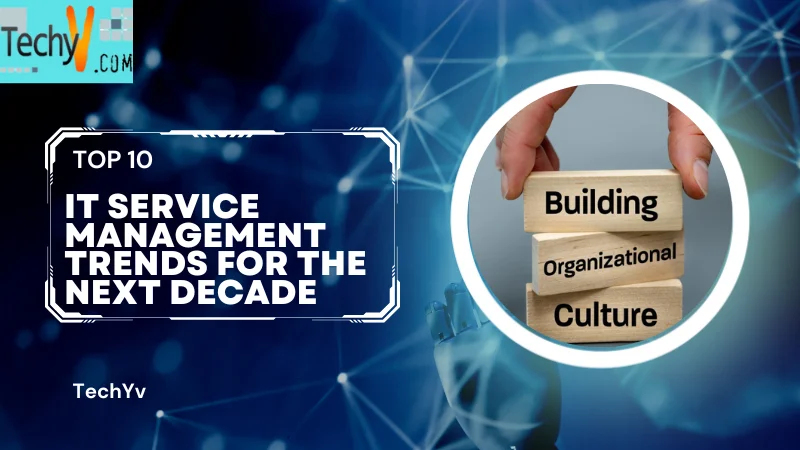As technological innovation continues accelerating, IT service management (ITSM) must evolve to enable organizations to adapt and thrive. Over the next ten years, IT leaders will focus ITSM strategies on exploiting emerging technologies while optimizing budgets and resources. Artificial intelligence, automation, and connectivity promise to transform service delivery as sustainability becomes an organizational imperative. Successfully navigating these ITSM trends requires embracing modernization. IT teams should adopt collaborative, insights-driven approaches putting end-users at the center. Cloud and distributed systems will become the norm. By investing in skills development and stress-testing ITSM programs, organizations can harness technology to create lean, resilient, customer-focused IT capabilities.
1. AI-Powered Service Management
The potency of AI across service management workflows is growing exponentially. Over the next decade, AI infusion will accelerate via intelligent agents, predictive analytics, automation integration, knowledge curation, and more. As manual tasks become augmented, humans focus more on complex engagements, strategy, and continuous improvement. AI is not only about efficiency but also effectiveness – gathering customer insights and then recommending extremely personalized bundles anticipating specific needs. With proven ROI, funding shifts toward emerging techniques. While AI skills develop internally, external partnerships supplement expertise where beneficial. Rigorous AI governance focuses on ethics, transparency, and human role preservation. Rather than bracing for disruption, IT leaders should proactively plan adoption roadmaps tapping AI’s promise.

2. Employee-Centric IT
The consumerization of IT pressures teams to make services intuitive and user-friendly. Over the next decade, ITSM will focus on understanding user challenges and designing simplified self-service experiences. Organizations will provide role-based guidance and equip employees to solve more requests independently. Yet human support remains vital, so ITSM tools like chatbots must channel complex issues to live agents effectively. Companies will customize offerings based on personas while aggregating user feedback to continuously refine services.
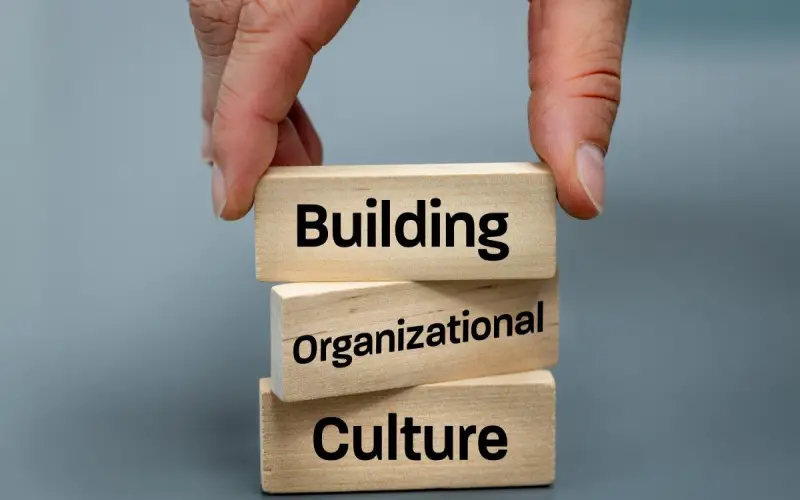
3. Exploitation Of Artificial Intelligence
Already AI is transforming ITSM through chatbots, predictive analytics, and self-healing infrastructure. As these capabilities mature, AI adoption will accelerate. IT leaders must upskill teams on emerging techniques like machine learning while developing rigorous testing protocols to instill confidence in AI. Ethics and transparency will be ongoing focuses to build trust and mitigate risks associated with black box algorithms. Beyond improving reliability and resolution times, AI promises more rewarding service desk roles as automation handles repetitive tasks. Workers are freed to focus on strategic engagements and relationship building.
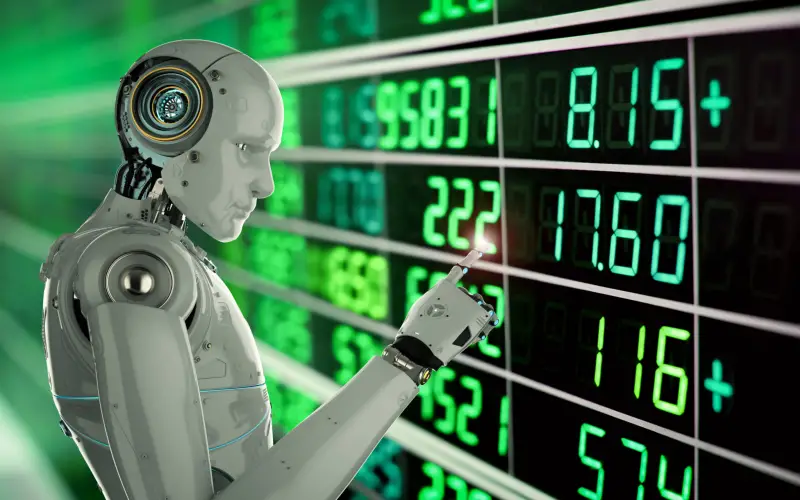
4. Focus On Sustainability
With climate change threats intensifying, organizations are reducing environmental footprints by optimizing operations. As large-scale IT energy consumers, data centers present a key area needing “greening.” Solutions like centralized remote server management, virtualization, and containerization will contain resource usage. Cloud migrations also promote sustainability by leveraging shared computing power. Additionally, IT teams should help drive sustainable behaviors company-wide—from smart office automation to emissions-tracking apps. ITSM programs will target improved efficiency, renewable resourcing, and waste reduction as both social responsibility and cost mitigation.

5. Suitability Of The Corporate ITSM Solution
Most organizations rely on single-vendor ITSM solutions unable to address diverse digital environments. Emerging ecosystem-based approaches allow interoperability between tools and services. As IT infrastructure grows more heterogeneous, open architectures will dominate enabling specialized solutions to be plugged where needed. Companies will stress-test incumbent ITSM platforms while evaluating new offerings as they emerge. Leaders must balance standardization for scalability with targeted investments that fill critical capability gaps. Understanding the strengths and weaknesses of individual solutions compared to enterprise needs warrants constant reassessment.

6. Ubiquitous And Distributed Cloud
Over the next decade, the cloud will entirely subsume on-premise infrastructure for most organizations. Multi-cloud environments will necessitate service integration across platforms. Containerization and microservices architectures will provide needed portability between cloud vendors as companies avoid lock-in. As emerging edge computing paradigms push capabilities closer to users, service management must integrate decentralized resources. Cloud will also present new security and compliance challenges needing specialized monitoring and controls. Always-available, resilient services depend upon comprehensive visibility even as systems grow more distributed.
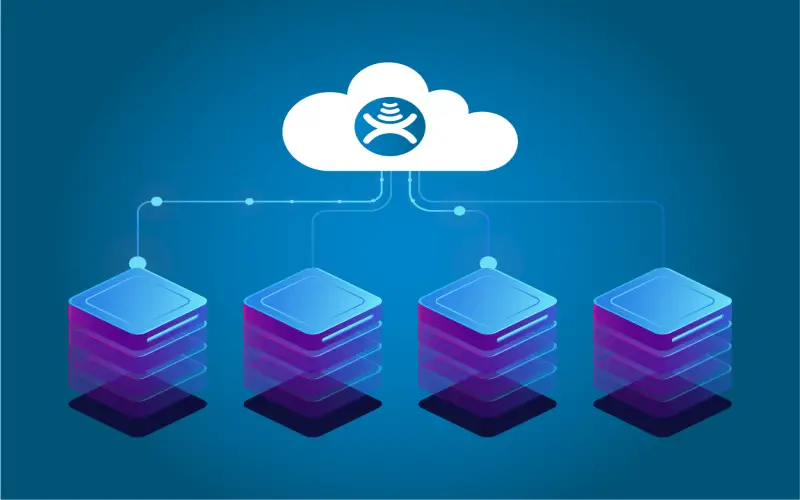
7. Connectivity At Scale
As the Internet of Things and bring-your-own-device policies proliferate, managing connectivity and access control securely at scale is imperative. IT leaders must expand service management capabilities to onboard and administer countless endpoints from factory floors to vehicles. 302cell phones While relying more on self-service and automation, teams need monitoring and coordination skills for remote infrastructure. Similarly, as 5G and new networking protocols emerge, ITSM tools must integrate the innovations. Establishing architecture standards and centralized identity governance over disparate environments will tame complexity. Never has service management needed more real-time adaptability.
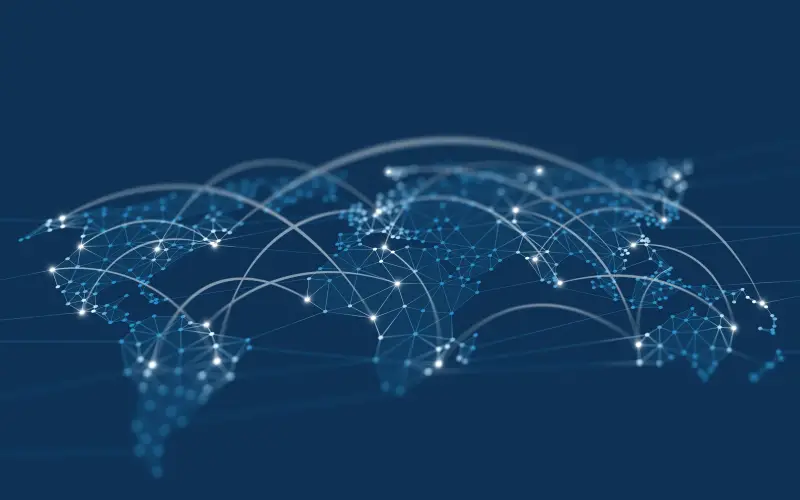
8. Green IT
With sustainability now a key agenda globally and within corporations due to the visible deterioration of climate conditions, green IT which refers to environmentally sound IT has come under increased focus. Organizations are adopting a slew of measures under Green IT from migrating to cloud infrastructure, using renewable and less polluting sources of energy in data centers as well as while manufacturing hardware, electronic waste disposal & recycling, and innovating software and hardware to optimize resource utilization. IT teams have to acquire expertise in sustainable operations and also advise the C-suite and other departments on reducing the environmental impact through technology optimization. Leadership commitment coupled with employee awareness campaigns will be instrumental for success.

9. Automation Of ITSM
While AI augments human capabilities, robotic process automation (RPA) executes clearly defined tasks without human assistance. Over the next decade, IT leaders will assess processes to determine which manual efforts are ripe for automation based on repeatability, stability, and ROI. Candidates range from automated rollouts of operating system updates to self-service password resets for users. But RPA possibilities expand virtually everywhere, including integrated chatbots and RPA to instantly pull relevant knowledge articles or log tickets during support interactions. As adoption spreads, IT staff may be initially hesitant about job impacts but most will experience higher job satisfaction long term as automation handles mundane tasks.
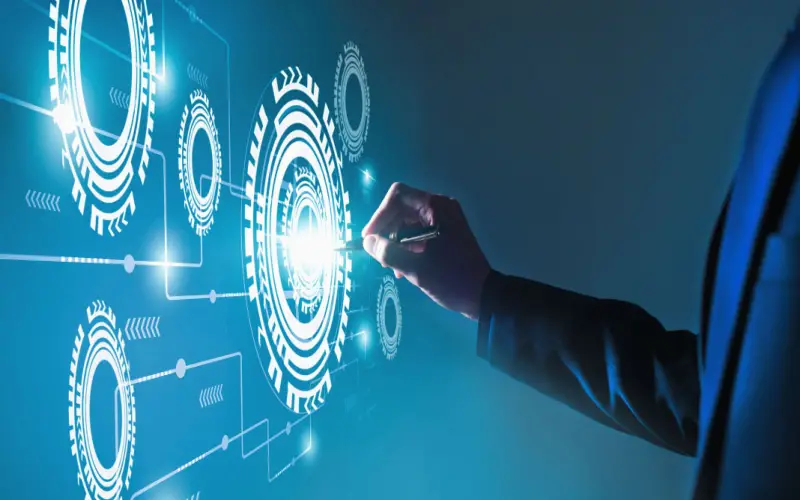
10. Stakeholder Behavior
Ultimately technology implementations succeed or fail based on user acceptance and proficient use. Prosci research finds roughly 60% of transformation initiatives fall short due to inadequate change management involving staff and stakeholders. Successful ITSM therefore relies on understanding detailed personas across the organization to shape communications, training, and engagement initiatives that spur desired behaviors. By taking an analytical yet empathetic approach, IT teams can uncover adoption barriers and cultural nuances. Ongoing user surveys and process sampling then quantify experience and feedback for refinement. Leadership messaging must also inspire by connecting ITSM capabilities to strategic goals and employee priorities thereby building support.




